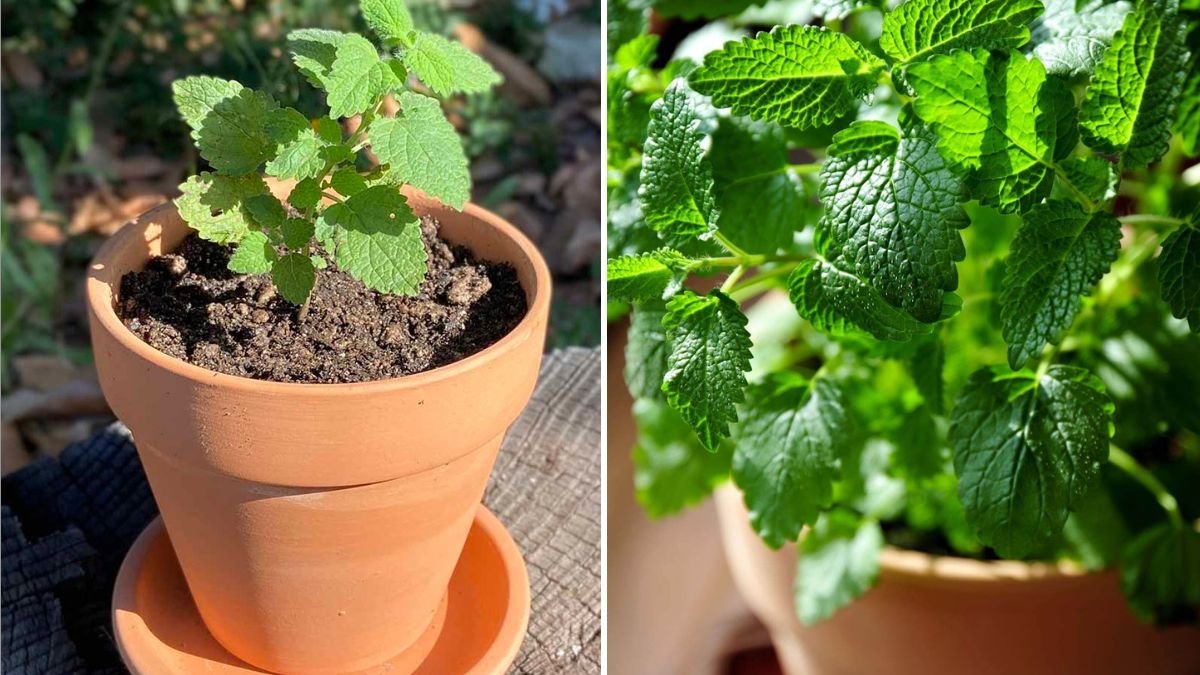In today’s fast-paced world, Americans are turning back to nature for peace, balance, and wellness. One herb that’s quietly winning hearts across the country is lemon balm (Melissa officinalis). With its refreshing citrus scent, gentle flavor, and proven calming properties, lemon balm is more than just a pretty plant—it’s a natural remedy, culinary delight, and garden essential rolled into one.
Whether you’re sipping it as a soothing tea, adding it to summer desserts, or growing it to attract pollinators, lemon balm deserves a place in every American home garden and kitchen. In this guide, we’ll explore everything you need to know about this versatile herb—from how to grow it to its culinary uses and powerful health benefits.
What Is Lemon Balm? A Quick Overview
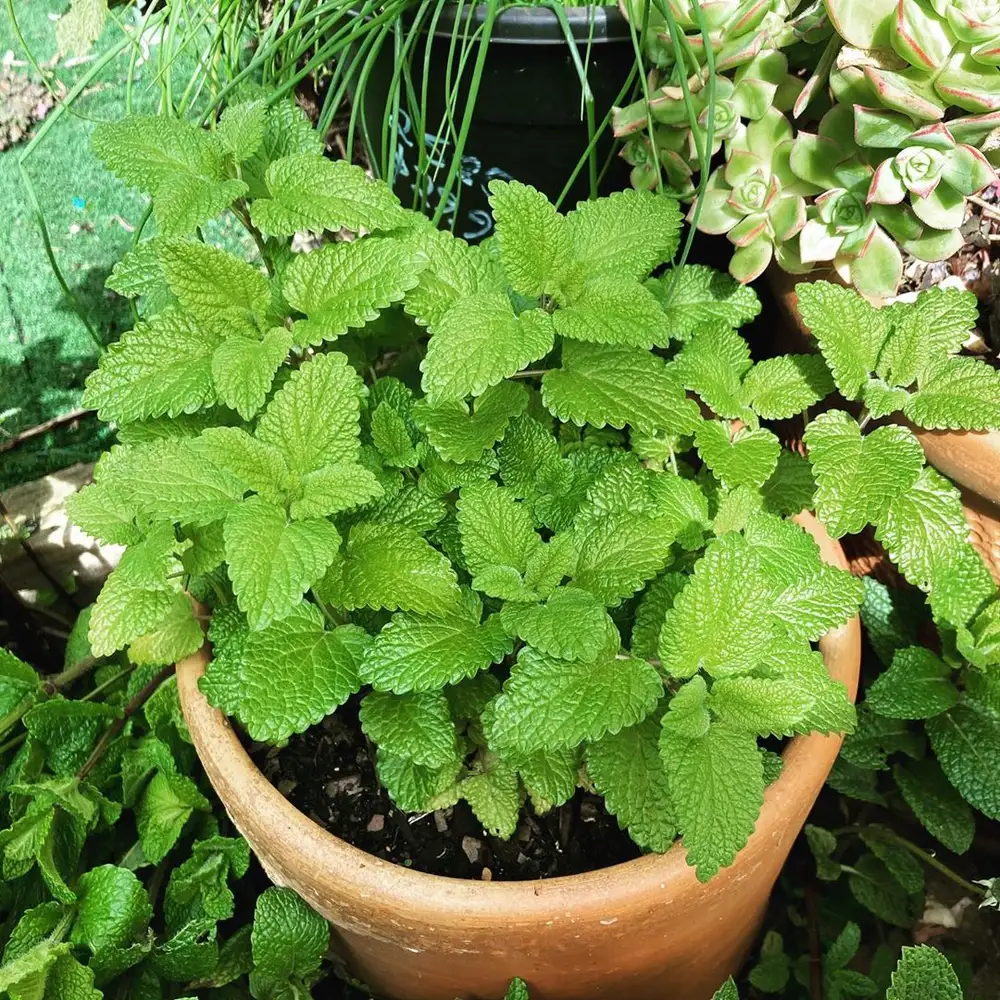
Lemon balm is a perennial herb in the mint family (Lamiaceae), native to southern Europe but widely grown across the United States. It gets its name from its lemony aroma and flavor, which come from natural essential oils like citral and citronellal. Its bright green, heart-shaped leaves and gentle lemon fragrance make it a favorite among herbal gardeners and tea lovers alike.
Historically, lemon balm has been used for over 2,000 years. Ancient Greeks and Romans prized it for its mood-lifting and healing qualities, while colonial Americans grew it in their kitchen gardens for teas and tonics. Today, it’s being rediscovered as one of the best herbs for relaxation, sleep, and natural wellness.
Why Lemon Balm Belongs in Every American Garden
Lemon balm isn’t just beneficial—it’s also beautiful, resilient, and easy to grow, making it perfect for gardeners of all skill levels. Here’s why it’s becoming a staple in American backyards:
- Cold-hardy perennial: Grows well in USDA zones 4–9.
- Pollinator magnet: Attracts bees, butterflies, and other beneficial insects.
- Low maintenance: Tolerates different soils and partial shade.
- Highly versatile: Works for teas, cooking, aromatherapy, and home remedies.
How to Grow Lemon Balm in the U.S.
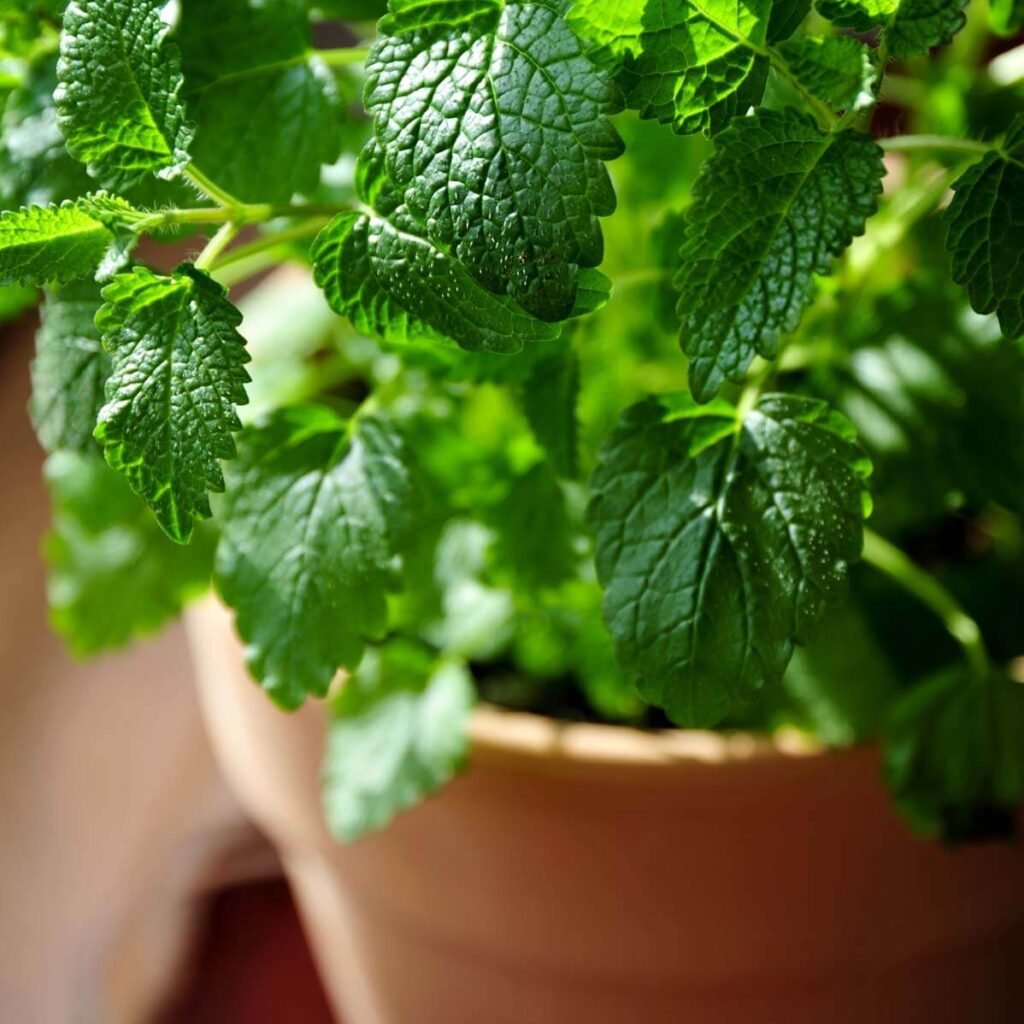
If you love herbs that practically take care of themselves, lemon balm is your new best friend. Here’s how to grow a lush, fragrant patch that lasts year after year.
1. Choose the Right Spot
Lemon balm grows best in full sun to partial shade. In hotter southern states, partial shade prevents the leaves from scorching. The soil should be well-drained, moderately rich, and kept slightly moist.
2. Planting
You can start lemon balm from seeds, cuttings, or transplants:
- Seeds: Sow indoors in early spring or directly outdoors after frost.
- Spacing: Plant 18–24 inches apart; the herb spreads quickly.
- Containers: Great option for balconies or small spaces (and helps contain its growth).
3. Watering and Care
Keep the soil evenly moist but not soggy. Water deeply once or twice a week, depending on your region’s rainfall. Trim the plant regularly to encourage bushier growth and prevent flowering, which can make the leaves less flavorful.
4. Harvesting
The best time to harvest lemon balm leaves is just before flowering, when the oils (and flavor) are most concentrated. Cut the top few inches of the plant and use the leaves fresh—or dry them for later use.
Pro Tip: Lemon balm spreads vigorously! To control it, grow it in containers or cut it back often.
Culinary Uses: Cooking and Brewing with Lemon Balm
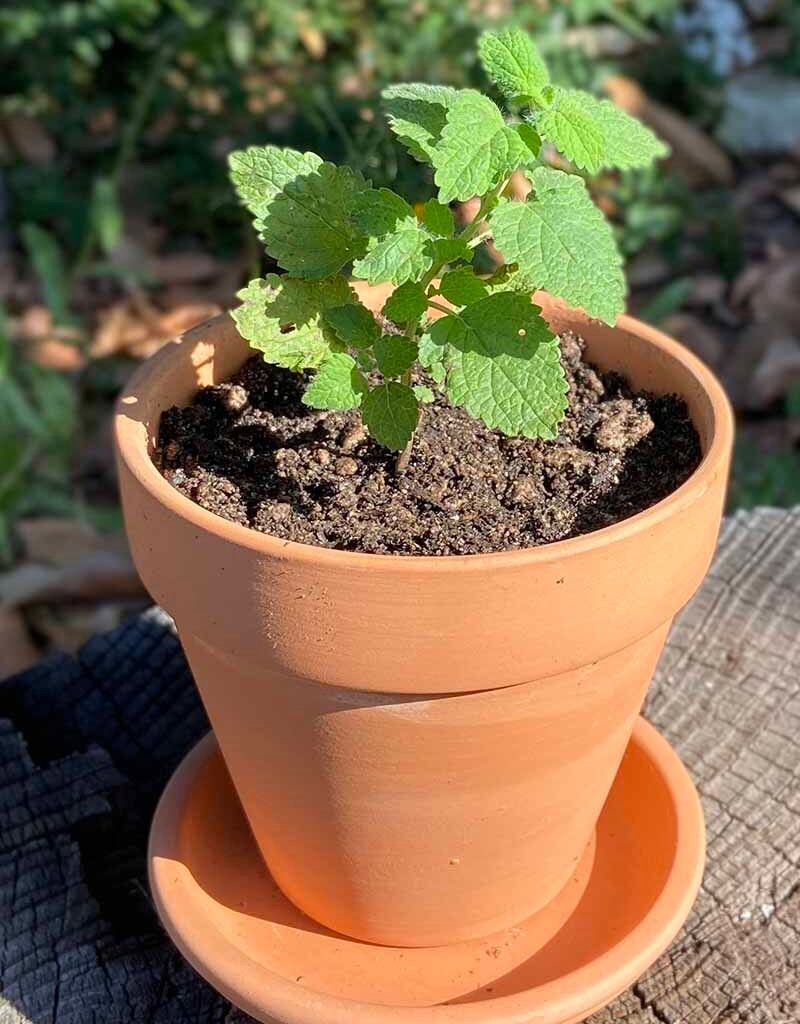
Lemon balm brings a mild, citrusy flavor to countless recipes, adding a refreshing twist to both sweet and savory dishes. Here are some popular ways to use it in the kitchen:
1. Herbal Tea
One of the most classic uses is lemon balm tea. Simply steep a handful of fresh leaves (or 1–2 teaspoons of dried leaves) in hot water for 5–10 minutes. Add honey and a slice of lemon for a calming evening drink.
2. Infused Water or Lemonade
Add fresh lemon balm leaves to iced water or homemade lemonade for a subtly sweet, refreshing flavor. It’s perfect for summer BBQs or post-workout hydration.
3. Desserts and Baking
Finely chopped lemon balm adds a delicate citrus note to sugar cookies, pound cake, or fruit salads. You can also infuse it in cream for custards or ice creams.
4. Savory Dishes
Use lemon balm to brighten fish, poultry, or vegetable dishes. It pairs beautifully with garlic, thyme, and mint.
5. Herbal Syrups and Cocktails
Make a lemon balm syrup by simmering equal parts water and sugar with a handful of leaves. Use it to sweeten cocktails, mocktails, or sparkling water.
Flavor Tip: Add lemon balm near the end of cooking—heat can quickly dull its delicate aroma.
Health Benefits of Lemon Balm
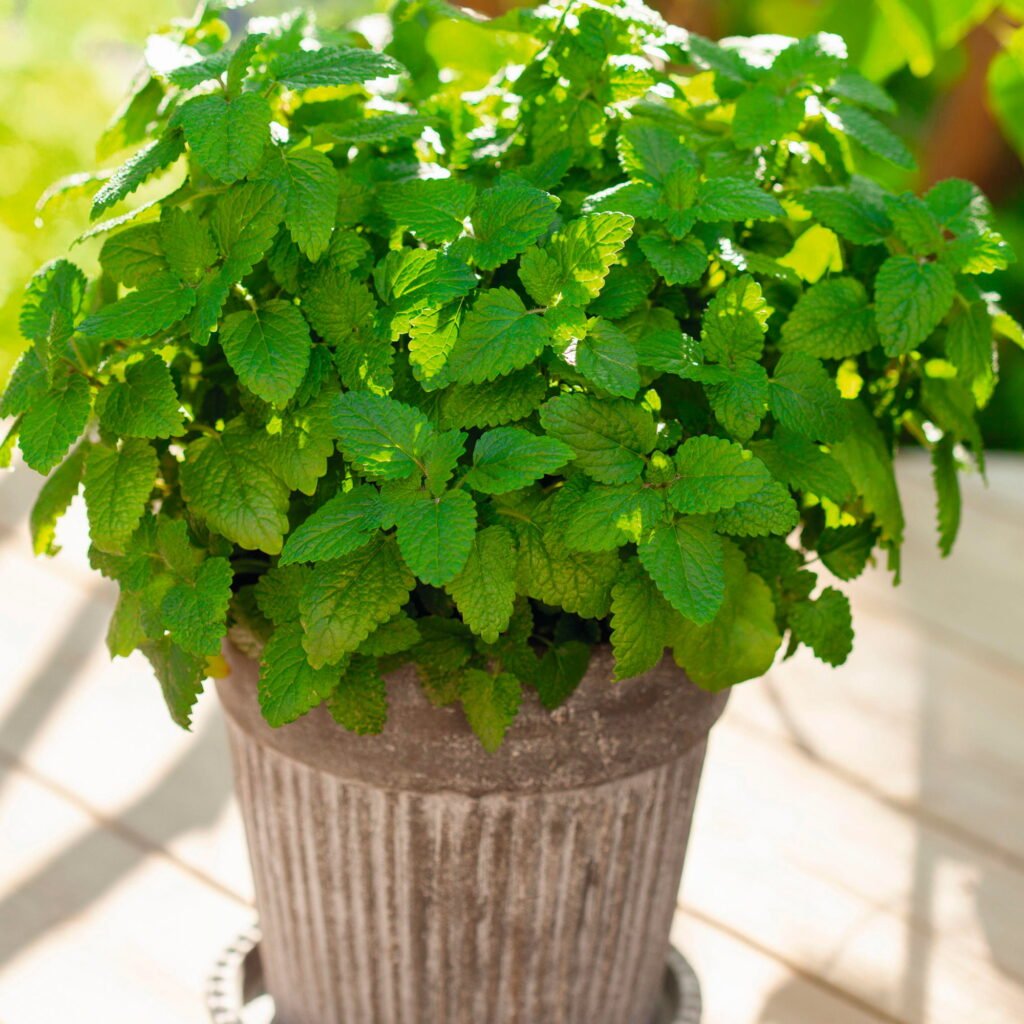
Lemon balm isn’t just flavorful—it’s also packed with natural compounds that support overall wellness. Modern research is confirming what herbalists have known for centuries: this herb truly calms the body and mind.
1. Reduces Stress and Anxiety
Lemon balm is famous for its soothing, mood-lifting effects. Studies show it can reduce anxiety, improve relaxation, and help manage stress-related symptoms when taken as tea or extract.
2. Promotes Better Sleep
Because of its calming nature, lemon balm is often used in nighttime teas. It works well with chamomile, valerian, or lavender for natural sleep support.
3. Aids Digestion
Traditionally used as a digestive tonic, lemon balm can help relieve indigestion, bloating, and mild stomach discomfort. Its gentle aroma also stimulates appetite.
4. Supports Cognitive Function
Preliminary studies suggest lemon balm may help enhance memory and concentration, making it a great herb for students or those with demanding work schedules.
5. Antiviral and Antioxidant Properties
Lemon balm contains compounds that may help fight certain viruses—like herpes simplex (cold sores)—and protect cells from oxidative stress.
Note: Always consult a healthcare professional before using herbal supplements, especially if pregnant, nursing, or on medication.
DIY Lemon Balm Recipes for Home Use
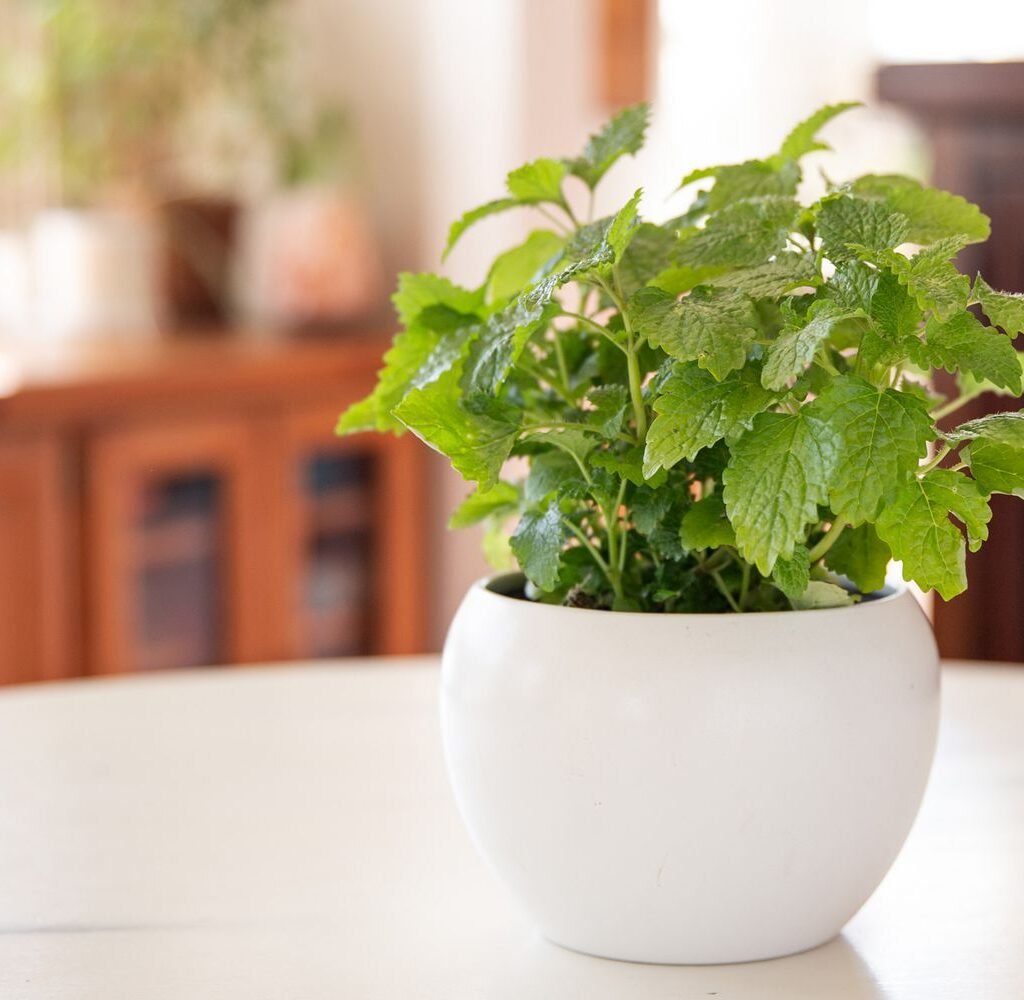
Beyond cooking, lemon balm can elevate your wellness routine and home environment. Here are a few easy, DIY ways to enjoy its benefits:
1. Lemon Balm Sleep Tea
- 1 cup hot water
- 1 tablespoon dried lemon balm (or 3 tablespoons fresh)
- Optional: chamomile or lavender
Steep for 10 minutes, strain, and sip before bed.
2. Calming Lemon Balm Bath
Add a handful of fresh or dried lemon balm leaves to a muslin bag or directly into your bathwater. It soothes the skin and relaxes tense muscles.
3. Homemade Lemon Balm Oil
Fill a glass jar with fresh lemon balm leaves and cover with olive oil. Let it sit in a sunny window for 2–3 weeks, then strain. Use the infused oil for massage, skincare, or aromatherapy.
4. Lemon Balm Lip Balm
Melt beeswax, coconut oil, and lemon balm–infused oil together for a DIY lip balm that may help soothe cold sores.
Preserving Lemon Balm for Year-Round Use
Lemon balm’s peak season is summer, but you can easily preserve its fragrance and flavor for the colder months.
- Drying: Spread leaves on a tray in a cool, dark place until crisp. Store in airtight jars.
- Freezing: Chop leaves and freeze them in ice cube trays with water or oil.
- Infusions: Preserve the flavor by making lemon balm vinegar or syrup.
These methods keep your herb garden’s bounty available long after the growing season ends.
Lemon Balm in the Modern American Lifestyle
From homesteads in the Midwest to city balconies in New York, lemon balm fits beautifully into every type of American lifestyle. Here’s why it’s trending nationwide:
- Perfect for beginner gardeners – forgiving and fast-growing.
- Natural wellness solution – supports sleep, mood, and immunity.
- Eco-friendly choice – attracts pollinators and thrives without chemicals.
- Home décor charm – bright green leaves and fresh scent add life to patios and kitchens.
As Americans continue to prioritize organic living and mental well-being, lemon balm is becoming a cornerstone herb for both relaxation and resilience.
Fun Facts About Lemon Balm
- The scientific name Melissa means “honey bee” in Greek—reflecting how much bees love this plant.
- Lemon balm was a favorite of Thomas Jefferson, who grew it at Monticello.
- In medieval times, it was called the “Elixir of Life” for its rejuvenating qualities.
- Lemon balm essential oil is used in luxury perfumes and skincare for its uplifting aroma.
Conclusion: Make Lemon Balm Your Everyday Herb
Lemon balm is proof that simple herbs can make a big impact—in the garden, the kitchen, and your daily life. Its bright citrus scent, calming power, and easy-growing nature make it an all-American favorite that truly stands the test of time.
Whether you grow it for tea, cooking, or wellness, lemon balm offers a gentle reminder to slow down, breathe deeply, and enjoy life’s simple pleasures. This season, plant a little patch of peace—right in your own backyard.
